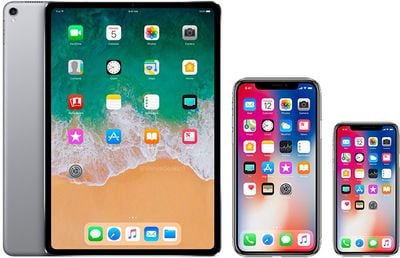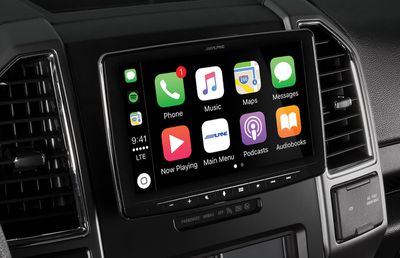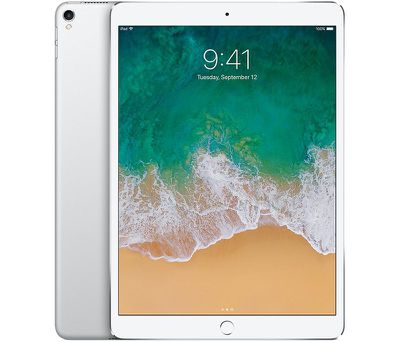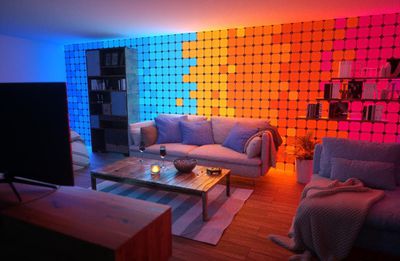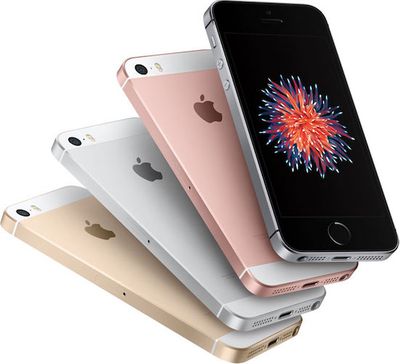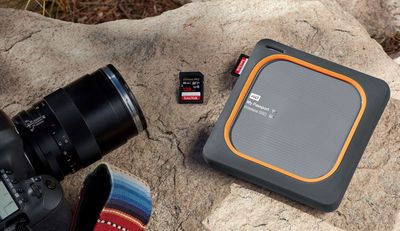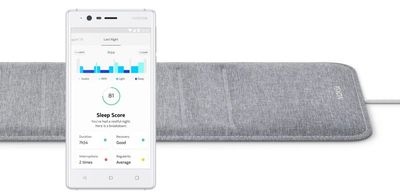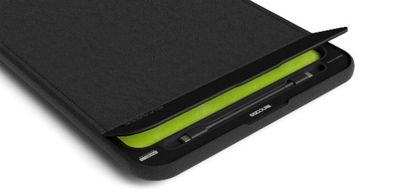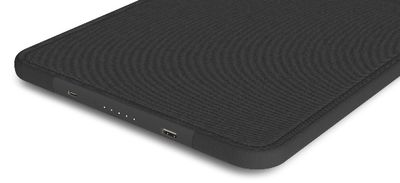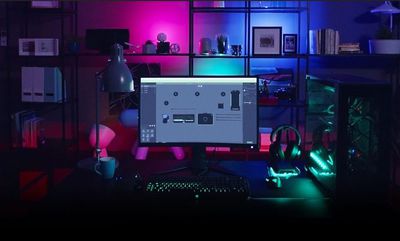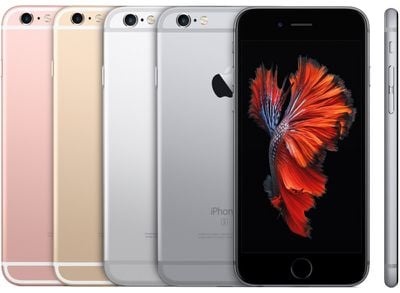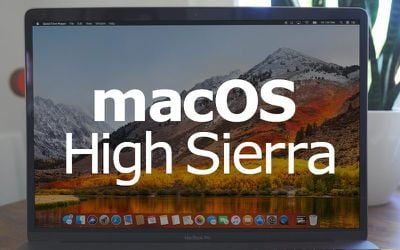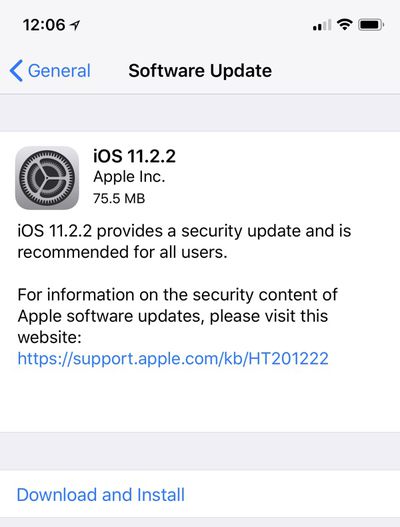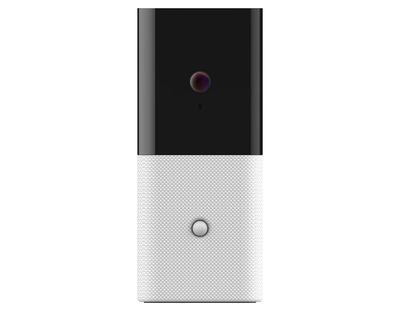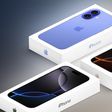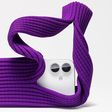The annual Consumer Electronics Show is kicking off this week, with hundreds of companies on hand to show off their latest products. The show will officially start on Tuesday, January 9, but there's always a media preview event ahead of time, CES Unveiled.
MacRumors videographer Dan checked out CES Unveiled last night and gave us a quick overview of some of the things we can expect to see at the show this year.
Unsurprisingly, smart devices are a main focal point this year, with many manufacturers introducing new products that support HomeKit, Alexa, and Google Assistant. Alexa and Google Assistant integration have been especially popular, but we've also seen HomeKit built into interesting products like
faucets and shower heads.
Elgato was showing off its updated Eve Room and new Eve Button, with the former designed to measure air quality and temperature in a room and the latter designed to allow you to activate HomeKit scenes san smartphone.
iDevices latest smart light switch, the Instinct, was one of the more interesting products at CES Unveiled. The Instinct has built-in Amazon Alexa support rather than simply Alexa integration, so you can ask your light switch for the latest news, weather updates, and more, similar to other Alexa devices. In addition to Alexa support, there's also support for HomeKit for simple controls, but it's only Alexa that offers full personal assistant functionality in the light switch.
Moodo, originally an Indiegogo project, was at CES Unveiled to show off its Moodo smart scent diffuser, which is designed to allow you to customize and curate specific scents with built-in aroma modules and app-based mixing controls. Priced at $189, the Moodo box comes with four scents that you can mix up at will using your iPhone.
LG was showing off its new 34-inch 5K ultrawide monitor, which looked amazing, and at this year's show, LG is also demoing a new 65-inch super thin 4K OLED display prototype, which is flexible and can be rolled up.
There were tons of drones and action cameras on the CES Unveiled floor, including a 360 degree action cam from Rylo. Rylo's camera is unique because it allows you to capture 360 degree video and then edit it into a video with traditional dimensions. You can use footage captured from any angle, which makes for some pretty interesting videos.
Belkin was at CES Unveiled demonstrating its new line of wireless charging docks that are all designed to work with the iPhone X, iPhone 8, and iPhone 8 Plus, and OWC was on hand showing off its newest products, like the ultrafast Thunderblade V4 SSD.
Make sure to stay tuned to MacRumors this week for all of our ongoing CES coverage, because there's a lot more to come. We'll be highlighting all of the new products and accessories relevant to Apple users. To check out what we've shared so far, take a look at our CES 2018 hub.



